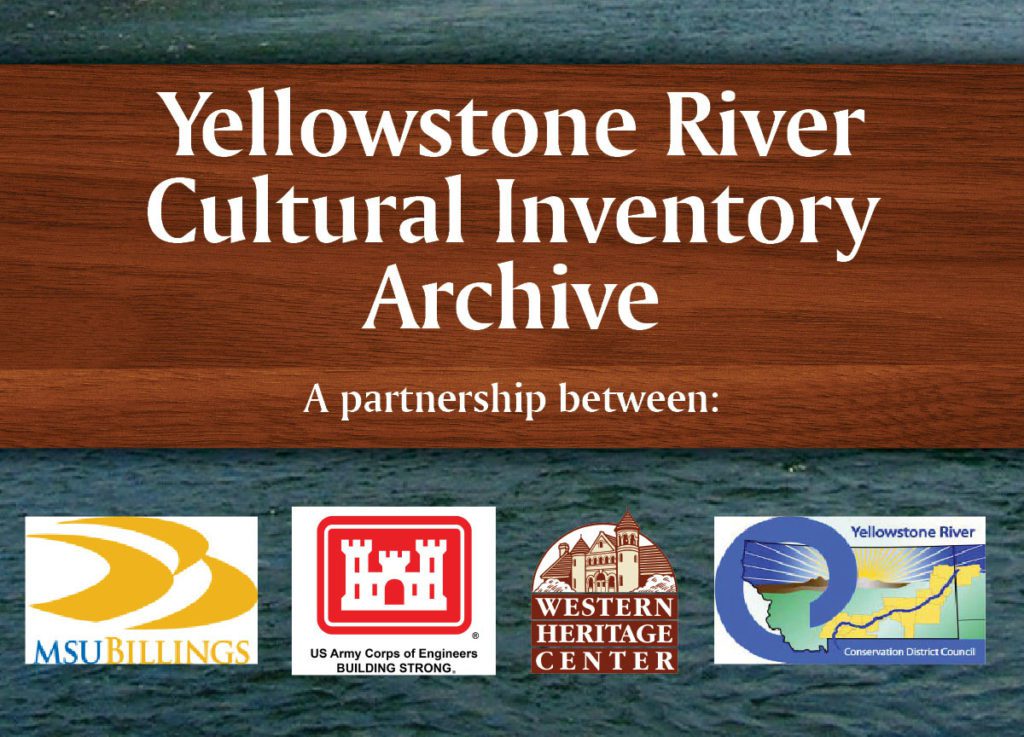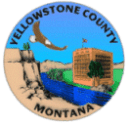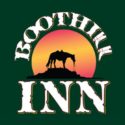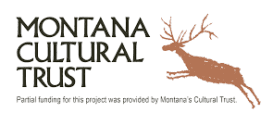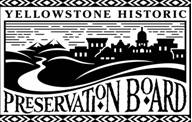The Significance of the Yellowstone River
The Yellowstone River has a long history of providing for people who live here. The Crow named it Iichiilikaashaashe, meaning Elk River, because of its importance for hunting. Exploring the river in 1806, William Clark soon set the stage for the next wave of emigration to the region. Today, the Yellowstone River provides water for municipal, agricultural, recreational, and industrial purposes. Even with the pressure for further development, the Yellowstone River, at nearly 700 miles in length, remains the longest free-flowing river in the continental United States.
Purpose
The 2006 Yellowstone River Cultural Inventory documents perspectives and values held by people who share the waters of the Yellowstone River. 313 individuals were interviewed, between May and November of 2006, for this comprehensive study. They represented agriculture, civic government, recreation, municipalities, and local residents. A sample of residents and river users was selected from various sections of the Yellowstone River as it flows through Montana into North Dakota.
How to access this database:
Western Heritage Center Archives
2822 Montana Avenue
Billings, MT 59101
To schedule an appointment: 406-256-6809 or kevin@ywhc.org
